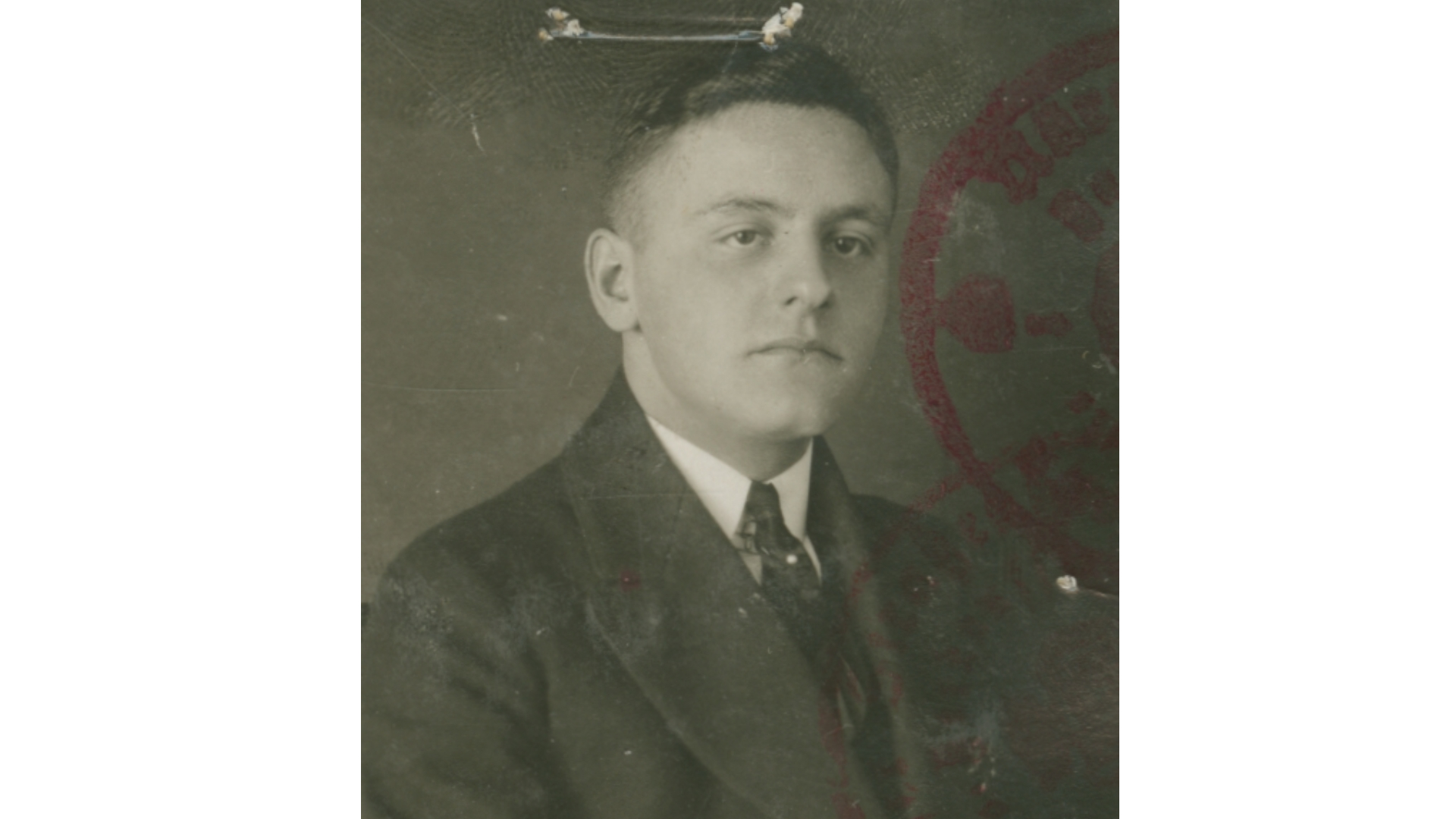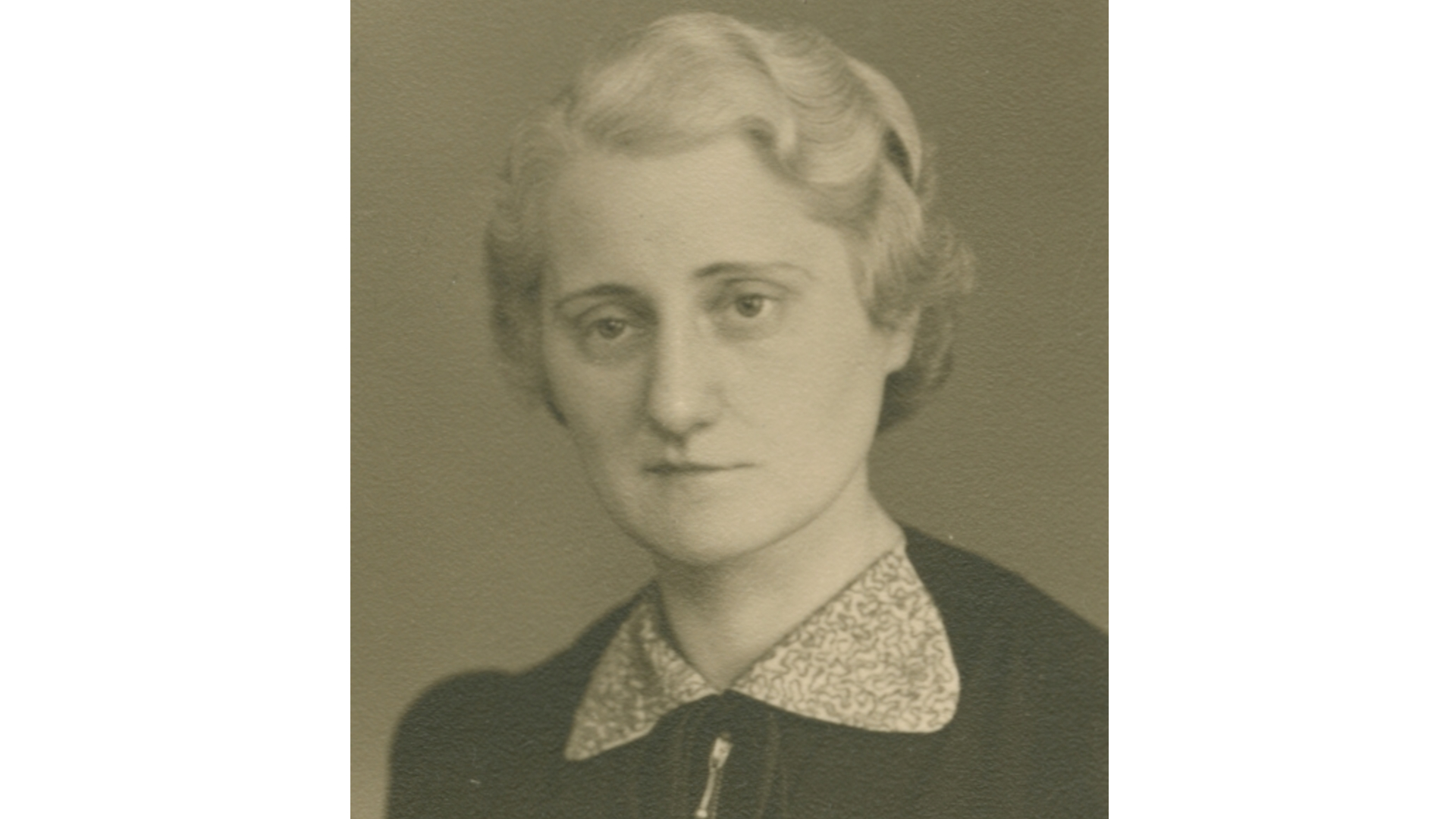| Location of stone: Köhnstrasse 50 | District: St. Peter |
| Sponsor: Dieter Barth | Laying of stone: 9 November 2018 |
Biography
On 9 November 2018 Gunter Demnig came to Nuremberg to lay stumbling stones. On this day, the 80th anniversary of the “Night of Broken Glass” he laid stones for Jewish and homosexual victims of National Socialism. The stone for Fritz Drechsler was sponsored by Dieter Barth. Drechsler was murdered in 1941 in Neuengamme concentration camp.
Fritz Drechsler was born on 8 February 1898 in Nuremberg and was brought up by his single mother. After leaving school he was unemployed for many years. During the First World War, he served as a soldier in the Bavarian army, returning to Nuremberg in 1920.
At the beginning of 1927 Drechsler found employment as a commercial clerk in the payroll office of the Neumeyer company. He continued to live with his mother, sharing a flat with her in Köhnstrasse.
After the Nazis came to power, Drechsler was initially able to escape criminal prosecution for his homosexuality. The police authorities merely reported later that, once in March 1935 and again in the same month the following year, his “suspicious” behaviour in a public toilet facility had attracted attention. However, they could not prove that he had contravened Paragraph 175.
The situation changed following an incident in September 1936: Drechsler was looking for sexual contacts in a toilet facility at Aufsessplatz, making several approaches to people who happened to be there. A group of four men saw it as their duty to hand him over to the police. They took hold of Drechsler, brought him to the nearest police station and reported him for harassment. Drechsler denied the charges and was released. At the beginning of April 1937 however, in connection with the incident, he was put on trial at the district court of Nuremberg-Fürth. Drechsler was sentenced to four months in prison.
A short time later, the same court sentenced him again, for contravening Paragraph 175. As a consequence of the two convictions, Drechsler remained in prison until October 1938. He was released after serving his sentences to the full. There must been another incident shortly after this, which brought him to the attention of Nuremberg’s criminal investigation department. The police decided to take him into preventive custody, which meant that he was to be sent to a concentration camp for an indefinite period.
At the beginning of January 1941 Drechsler entered Dachau concentration camp as a prisoner. In the same month, he was transferred to the Neuengamme camp near Hamburg. On 19 March 1941, aged 43, he was murdered there.








![[Translate to English:] [Translate to English:]](/fileadmin/Stolpersteine/Portraits/Kuenstler_Juliana.jpg)


